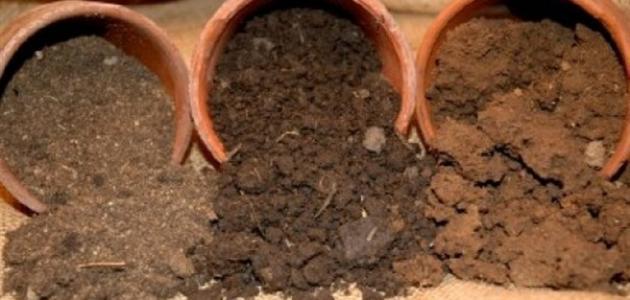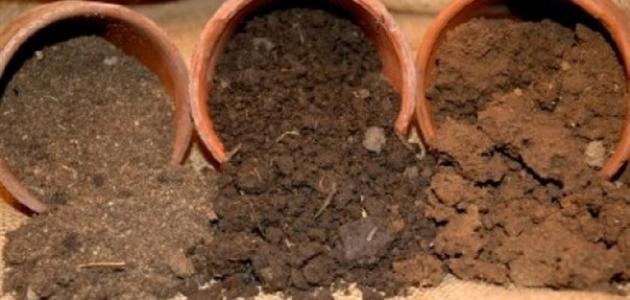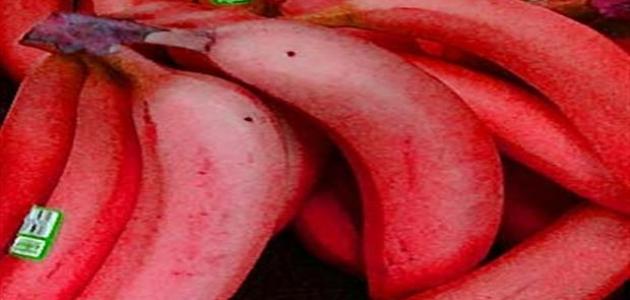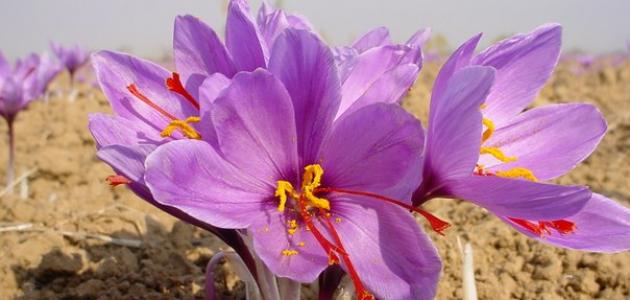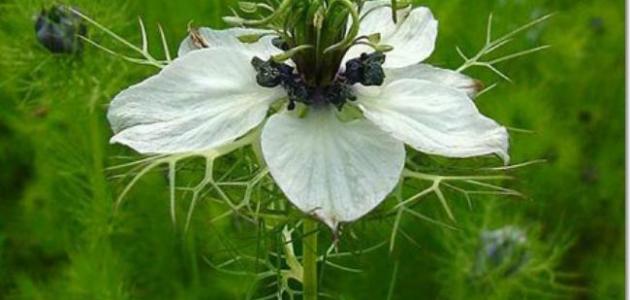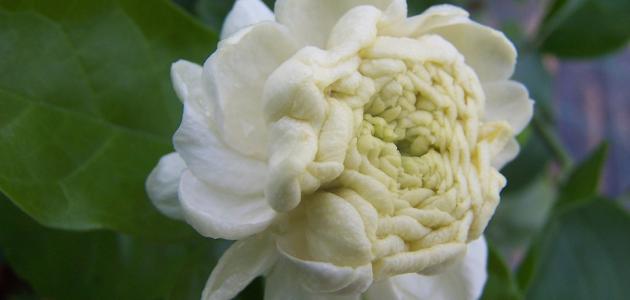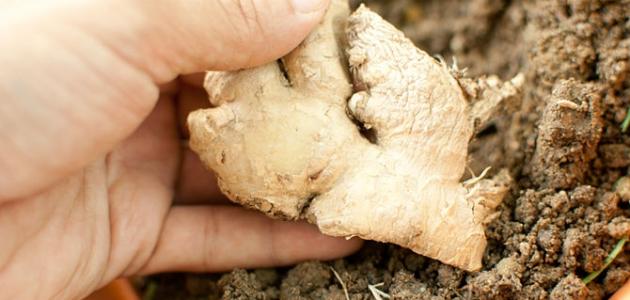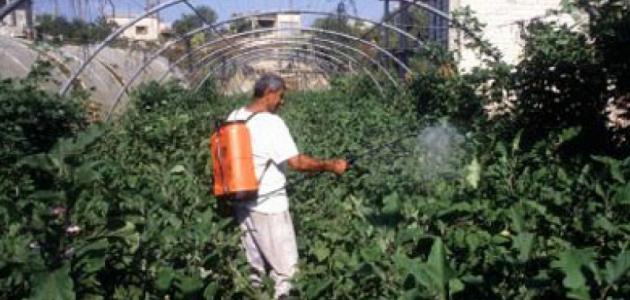the soil
Soil is a thin surface layer of the earth that has been developed through weathering processes. It contains many essential minerals. Soil is of great importance to the environment, as it constitutes a vital area necessary for organisms to live. It is also considered an important place for water conservation and waste filtration. , and analyze it.
Soil properties
Soil properties are classified into two parts:
Chemical properties of soil
Chemical properties of the soil:
- pH: pH is concerned with the percentage of active hydrogen ions present in the soil, through which the characteristics of the soil are determined as in the following table:
| pH | Soil type according to pH |
|---|---|
| 0-7 | Acidic soil |
| 7 | Moderate soil |
| 7-14 | Basic soil |
- Cation exchange capacity: Cations are positive ions found in soil, examples of which include: hydrogen H+, aluminum Al+3, calcium Ca+2, magnesium Mg+2, and potassium K+, where organic materials and clay particles are negatively charged, which leads to their interaction together and a process occurs. Cation exchange, where organic materials and clay particles bind to one of these ions present in the soil solution, while the remaining ions interact with other components of the soil, or are absorbed by plants, or can be disposed of through wastewater. It is worth noting that the greater the amount of clay and materials Organic matter in soil increases the cation exchange capacity in soil.
Physical properties of soil
The physical properties of soil are related to the size of particles, their distribution, and how they interact with liquids and gases. The most important of these properties are:
Read also:How to grow onions- Soil Texture: Soil texture expresses the proportion of grains of different sizes, as this affects the pores in which water and nutrients are preserved. The diameters of the grains have been classified by the US Department of Agriculture, and are listed according to the following table:
| Type | Granule diameter (mm) |
|---|---|
| Gravel | Greater than 2 |
| Sand | 0.05 – 2 |
| Very coarse sand | 1 – 2 |
| Coarse sand | 0.5 – 1 |
| Medium sand | 0.25 – 0.5 |
| Fine sand | 0.10 – 0.25 |
| Very fine sand | 0.05 – 0.10 |
| Silt | 0.002 – 0.05 |
| Clay | less than 0.002 |
- Soil structure and permeability: Soil structure is defined as the arrangement of soil particles, including the pores that exist between them. This is important in allowing air to pass through the soil, the ability to store water, and the possibility of roots penetrating it.
- Soil color: Soil color refers to the various elements present in the soil, such as organic matter, iron oxides, and others. Color is known and its characteristics are determined through the Munsell color system.
- Soil layers (horizonation): Specialized scientists know the properties of soil by looking at the soil layers and noting the color, texture, structure, thickness, and other things that help determine the type of layers.
- Bulk density: Bulk density represents the weight of soil in the dry state per unit volume of soil.
- Soil consistency: Soil cohesion refers to the soil's ability to resist various factors and store materials within it.
Soil types
Soil is divided into several types, including:
Read also:types of agriculture- Clay soil: Clay soil is rich in nutrients, due to its ability to maintain moisture, which delays its drying out during the hot days of the summer. Clay soil consists of 25% clay.
- Silt soil: Silt soil consists of medium-sized grains that have the ability to maintain moisture and drain water well, which is why it is considered very fertile soil, but it may easily be exposed to pressure and wash away due to rain. To solve this problem, organic materials can be added to the soil to increase its cohesion better.
- Loam soil: Loamy soil consists of three main types of soil, which are clay soil, silt soil, and sandy soil, and it represents ideal soil in terms of fertility and drainage.
- Sandy soil: Sandy soil is loose soil that allows water to drain easily. Organic materials are added to increase its cohesion, which leads to improved soil retention of nutrients and water.
